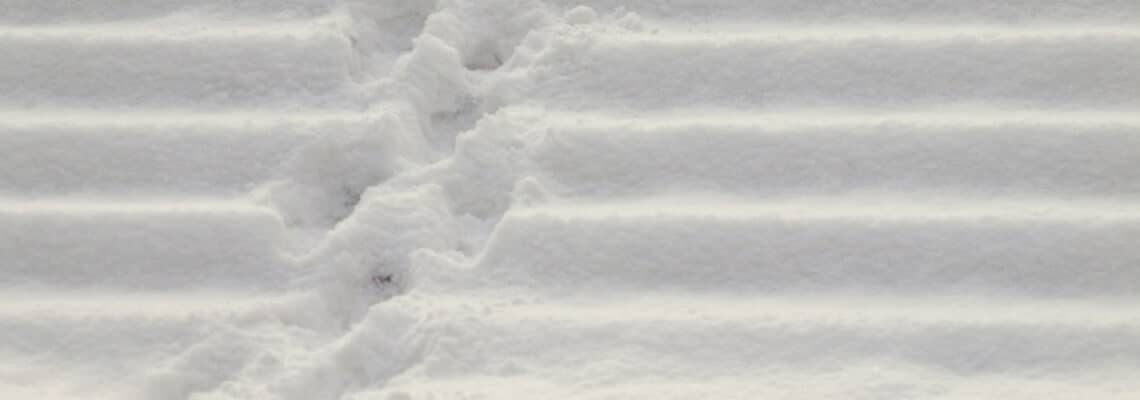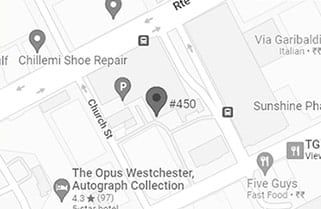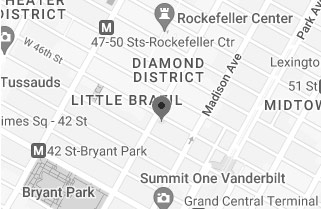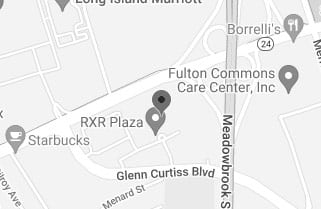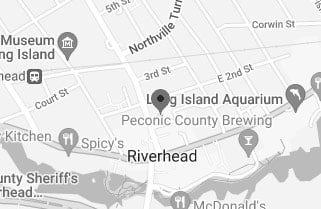The Supreme Court of the State of New York, Appellate Division, Fourth Judicial Department reversed an order by the Supreme Court of Erie County that denied a school’s motion for summary judgment in a slip-and-fall case. Gilbert & Gilbert v. Tonawanda City School District and Mullen Elementary School, 1274 CA 14-01026 (Jan. 2, 2015)
Midday on January 21, 2011, the plaintiff was at the school owned by the defendant. When exiting a door and walking down a flight of icy outdoor stairs, the plaintiff slipped, fell, and injured herself. She filed suit against the school district, alleging the school was negligent in failing to clear the stairs of snow and ice. The defendant filed a motion for summary judgment, arguing that the school did not have a duty to clear the stairway at the time of the fall because of an ongoing snowstorm.
The lower court held an evidentiary hearing on the motion. At the hearing, a meteorologist testified for the defendant. This meteorologist testified that a snowstorm began the evening of January 20, 2011 and lasted through the evening of January 21, 2011. Thus, the fall occurred during the middle of the snowstorm. In addition, two teachers testified for the defendant. The two teachers testified that a snowstorm was raging at the time of the fall. The teachers remembered icy conditions, wind whipping snow around, and extremely cold temperatures at the time of the fall. After the hearing, the lower court denied the defendant’s motion for summary judgment.
A motion for summary judgment will be properly granted when there is no material issue of triable fact for the court to consider. This means that there is no issue in dispute or in contention that the court needs to decide. If there is an issue in dispute, the proper way to decide it is through a trial, not a motion for summary judgment. However, motions for summary judgment are available for both plaintiffs and defendants to use to reduce costs, increase efficiency, and reduce burdens on the court regarding litigating undisputed issues.
One unique facet of motions for summary judgment is that the court is allowed to consider evidence outside of the complaint itself. This can come in the form of evidence, affidavits, or additional pleadings provided by the parties, or the court can hold an evidentiary hearing to gain more insight into the issue, which is what the trial court opted to do in this case.
The appellate court held that the lower court erred in denying to dismiss the plaintiff’s case. The appellate court held that the testimony and evidence presented by the defendant at the evidentiary hearing was sufficient to prove that a snowstorm was in fact occurring at the time of the accident. New York law does not require a business or homeowner to remove snow or ice “until a reasonable time has elapsed after cessation of the storm.” Individuals are not required to immediately begin clearing sidewalks or stairs once a lull or break in the storm occurs. Rather, they may wait a reasonable amount of time after the storm fully ends. Thus, the appellate court held that the defendant did not have a duty to begin clearing the stairway at the time of the fall as the storm was ongoing at that point.
In addition, the appellate court held that there was no triable or disputed issue and therefore granted summary judgment to the defendant. The plaintiff argued that there was a triable issue of fact regarding whether the snowy or icy conditions on the stairs existed prior to the storm and whether the school was on notice of this pre-existing condition. However, the appellate court held that the plaintiff had not properly raised this in her complaint or at the hearing and that the plaintiff had not provided evidence that the school had any notice of a pre-existing condition. As such, the lower court’s order was reversed, and the case was dismissed.
If you or a loved one was injured during a slip-and-fall accident, please contact the New York personal injury lawyers at the Law Offices of Thomas L. Gallivan, PLLC today to discuss your potential claim.
